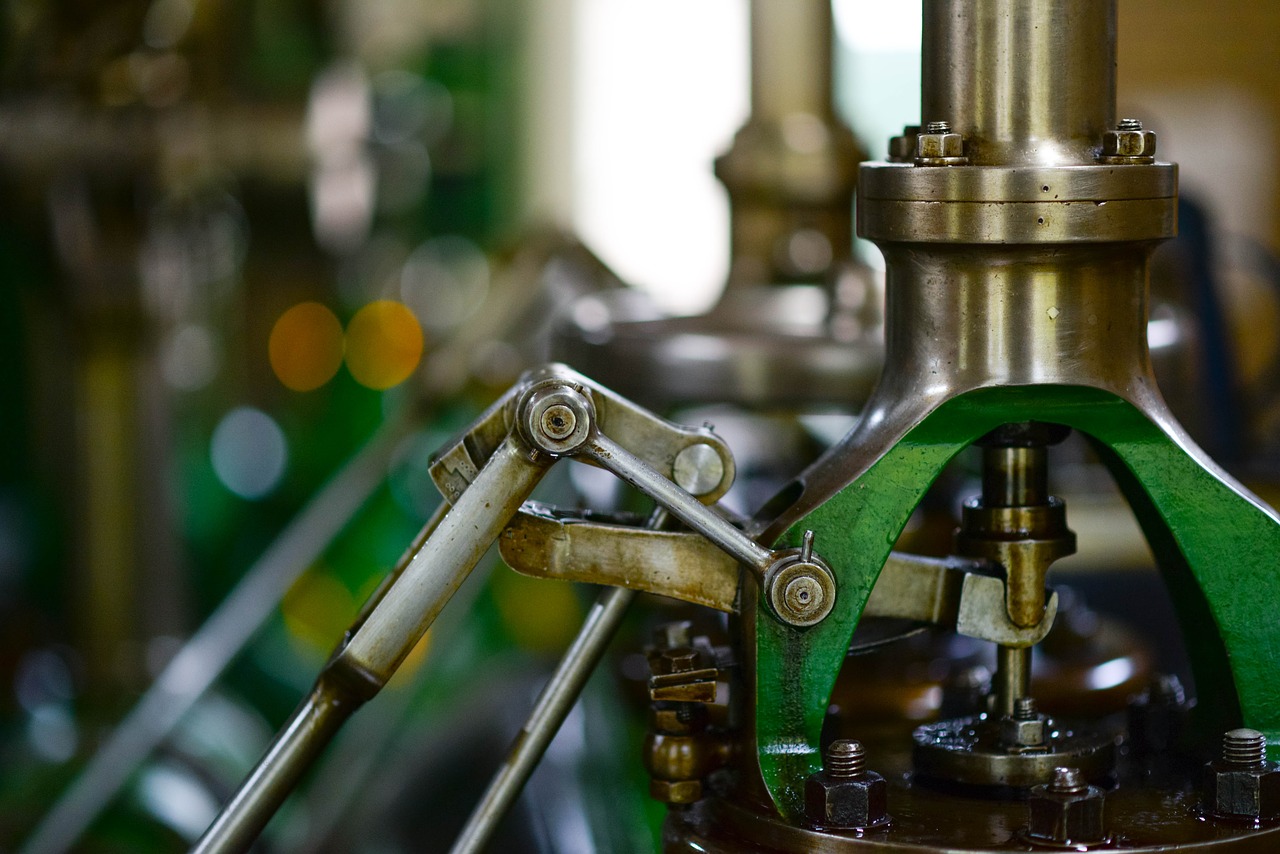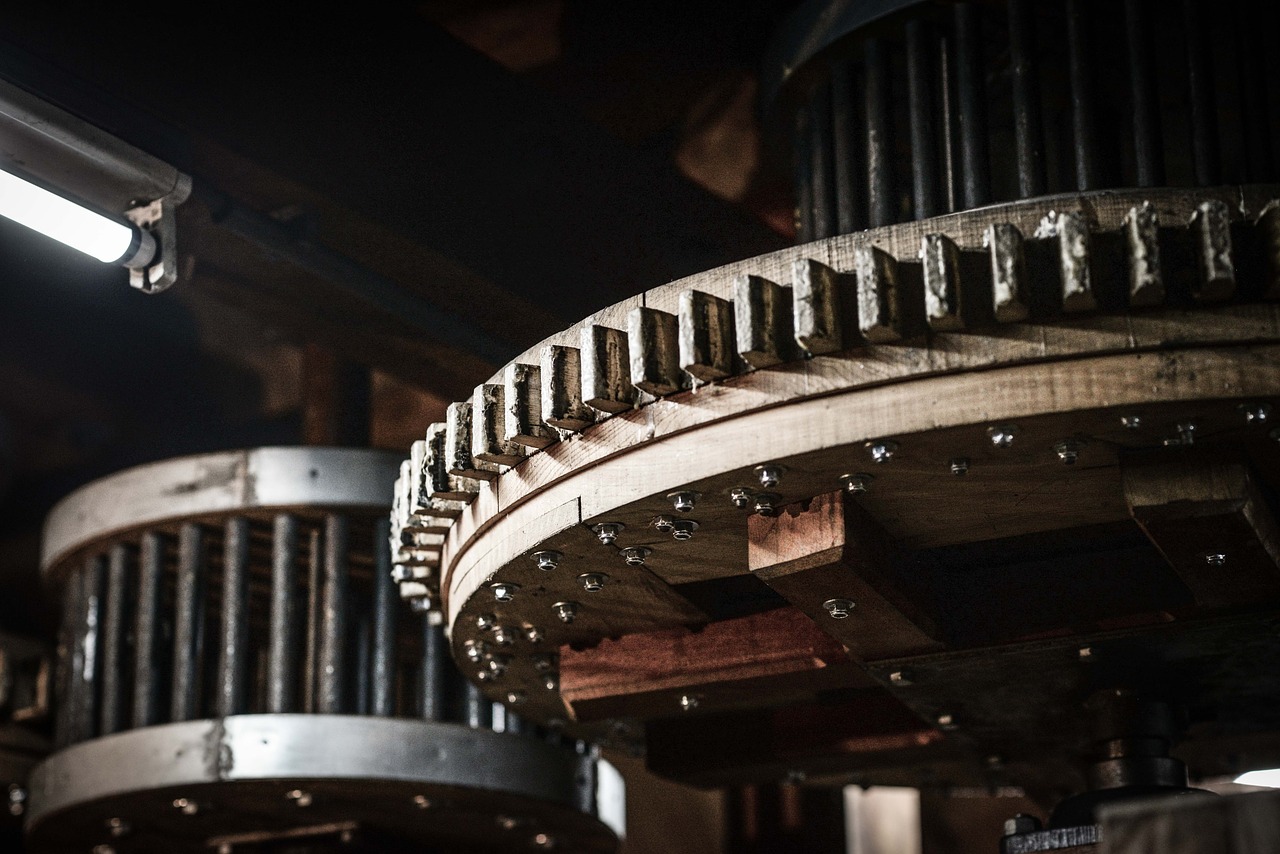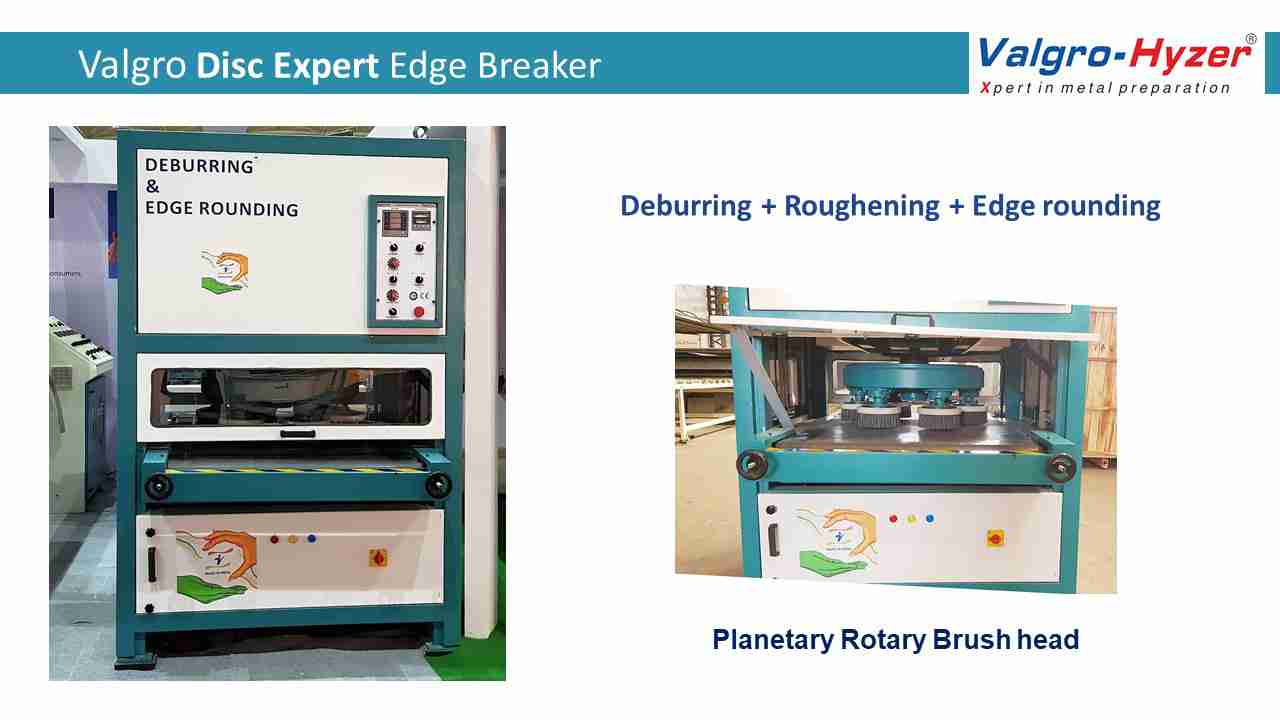How to Improve Safety Around Heavy Machinery

Heavy machinery is an integral part of nearly every manufacturing and industrial sector around the globe .
There are tasks that, while not impossible to complete, would be incredibly difficult without the assistance of this equipment. However, it can be incredibly dangerous if mishandled. How can you improve safety around heavy machinery?
Don’t Skimp on Training
Training is the most important tool in your arsenal when it comes to improving safety around heavy machinery. This takes two forms. First, anyone operating heavy equipment needs comprehensive training in its use. Everyone else — anyone not actively utilizing the equipment — needs training on how to stay safe in areas where heavy machinery is in operation.
Training doesn’t stop at onboarding, either. It should continue throughout employment, especially if there’s an accident on the job site. It’s easy to become complacent if you don’t use training to keep it at the forefront of everyone’s mind.
Invest in Preventive Maintenance
Each piece of heavy equipment on the job site contains hundreds or thousands of moving parts. If one breaks, it could lead to a potentially catastrophic failure. In a worst-case scenario, a malfunctioning vehicle can wreak all sorts of havoc, including hurting or even killing anyone in its path.
Instead of letting it get to that point, invest in preventive maintenance. Inspect each piece of equipment regularly and follow the manufacturer’s recommendations.
Don’t Rush
Did you know that someone gets injured on the job every seven seconds? Injuries can happen anywhere and at any time, but trying to speed through to meet a deadline only increases your chances of causing an injury or fatality. It’s easy to make a mistake, even when carrying out tasks you’re familiar with.
Additionally, studies found that individuals who rush through their tasks may have higher stress levels and are more likely to make mistakes throughout their careers. Don’t rush, and don’t set deadlines that require your employees to do so.
Create a Safety Culture
Safety isn’t something that a single person can or should be responsible for. Instead of putting it on one individual’s shoulders, create a safety culture — especially when heavy machinery is involved. Include everyone, from the newest employee all the way up the ladder to the CEO.
Creating a safety culture is as simple as defining individual responsibilities throughout the company and figuring out who is in charge of each. Making safety a team effort and getting everyone involved makes it easier to keep your crew safe and keeps it from landing on a single person’s head.
Don’t Get Complacent
Make sure that no one ever gets complacent. It’s easy to fall into bad habits, especially if it makes it easier to carry out a task than following the rules. Complacency can lead to on-the-job injuries or fatalities.
Stay on top safety rules and protocols, and don’t allow employees to let down their guard. It’s as simple and as complicated as that. Complacency has the potential to injure or kill anyone who happens to be in the path of a piece of heavy machinery if things go awry.
Stay Safe on the Job
Heavy equipment is essential in all sorts of industries, but it also has the potential to do an untold amount of damage in the wrong hands. Training, creating a safety culture, and investing in preventive maintenance can all help keep everyone safe on the job, whether they’re in the driver’s seat or not. Don’t get complacent, and don’t rush on the job. Meeting a deadline and cutting a few corners is not as important as keeping everyone safe.






